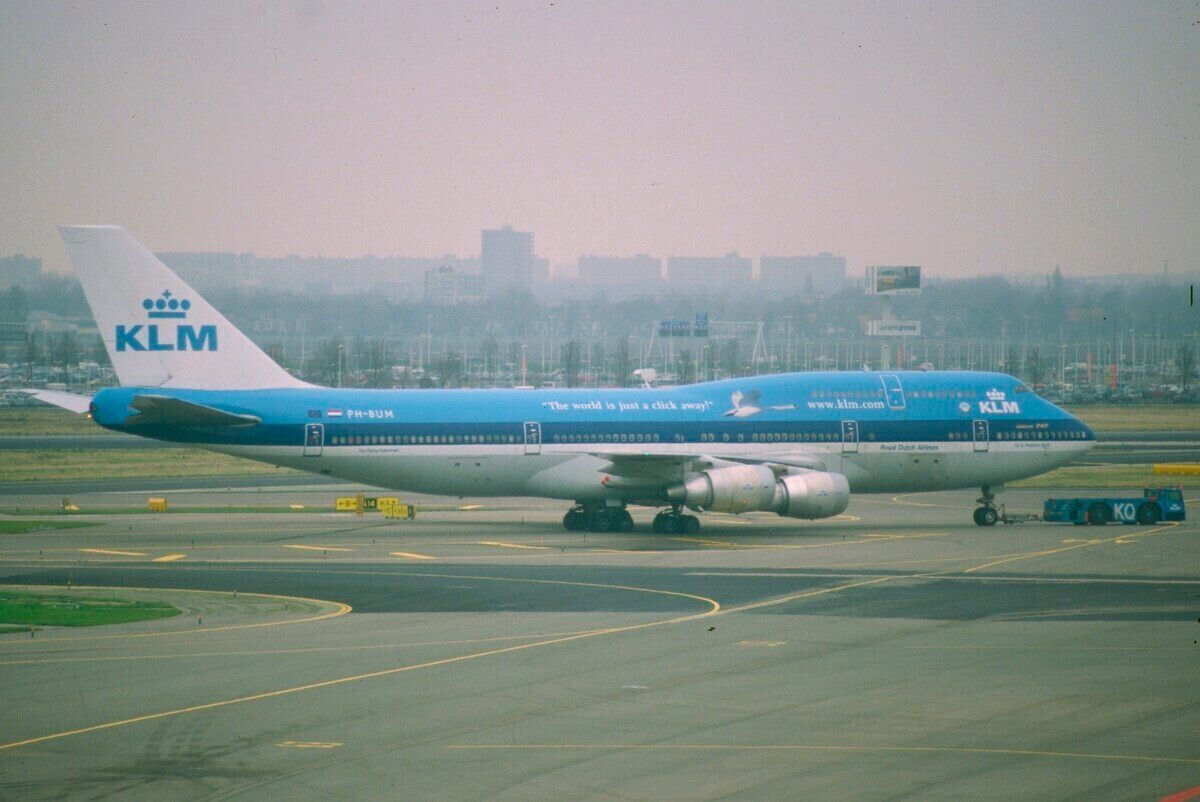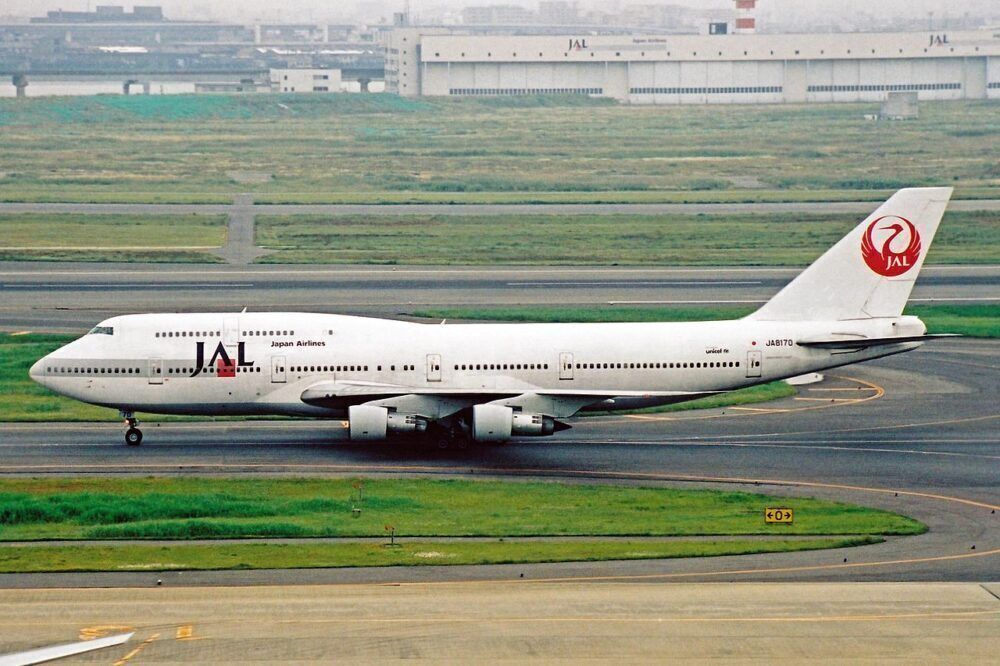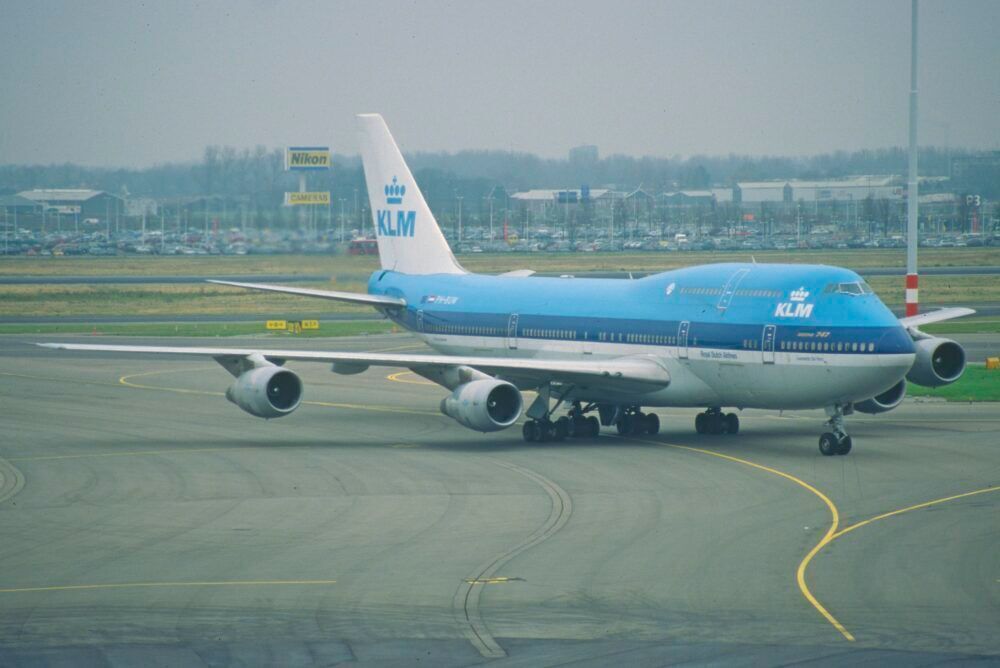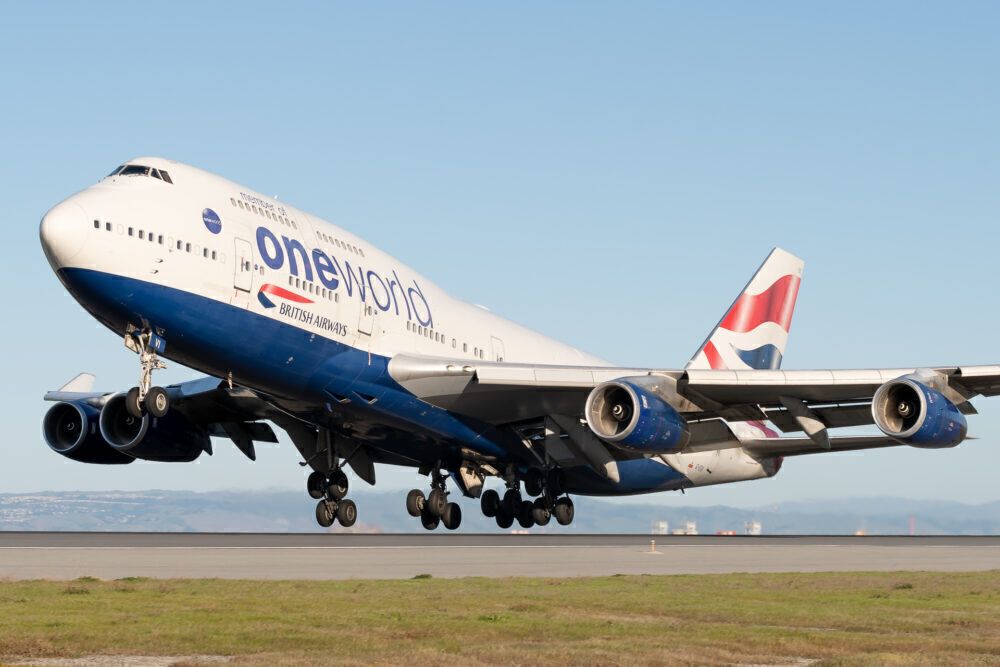Last year, KLM retired its last Boeing 747 aircraft. This brought the curtain down on nearly half a century of jumbo jet operations at the Dutch flag carrier. The first variant of the 'Queen of the skies' that KLM operated was the 747-200, which initially had the same short upper deck as the original 747-100. However, several examples of KLM's 747-200s ended up having a stretched upper deck, which would eventually become a standard feature on later 747s.
A stretched upper deck
We recently took a look at the story of KLM's 49-year relationship with the iconic Boeing 747 family. In terms of the 747-200, data from ch-aviation.com shows that the airline operated 17 examples of this variant between 1971 and 2004. Of these, 10 were the standard passenger-carrying version, five were 747-200M Combis, and two were freighters.
What made KLM's 747-200s particularly interesting was the conversion that some had, which stretched their famous upper deck. Boeing later stretched the upper decks on two JAL 747-100BSRs, offering increased capacity on Japan's busy domestic routes. However, the -200, with a greater maximum takeoff weight, was the primary target for the stretch project.
Stay informed: Sign up for our daily and weekly aviation news digests.
KLM's conversions
In the end, just two airlines took up this option for their 747-200s. French carrier Union de Transports Aériens (UTA) did so for two aircraft, although KLM made a more significant investment by converting 10. According to Airline Reporter, this modification increased the length of the aircraft's conspicuous hump by around seven meters.
The result of this change, Boeing proclaimed, was "a 10% increase in capacity with only a 2% change in operating empty weight." The stretch was a complex, multi-step procedure that required work on more than just the upper deck crown itself. Indeed, engineers also had to remove the roof behind the original upper deck, and the cab crown.
These steps left sufficient space for the stretched upper deck, which was positioned and secured in place following the necessary structural preparations. KLM also used this as a chance to remove the plane's overwing exits and slides, making space for more seats.
A standard feature later on
KLM applied the stretched upper deck conversion to two 747-200 freighters, five 747-200M Combis, and three standard passenger-carrying 747-200s. Overall, these represented nearly 60% of KLM's total contingent of 747-200s. While the concept of the stretched upper deck didn't exactly take off as a retrofit, it shaped the future of the 747.
Indeed, when the next variant of the family was launched, the 747-300, the stretched upper deck came as standard. Aerotime reports that Boeing claimed, thanks to the aforementioned minimal increase in weight despite the 10% capacity increase, this feature decreased fuel consumption by 5% per seat-mile. All in all, it made sense from a financial point of view.
While the 747-300 sold fairly poorly (81 examples), the stretched upper deck was retained by the 747-400 that followed. This quickly outsold its predecessor (694 examples), thanks to factors like its increased range and two-person glass cockpit. The stretched upper deck's story came to an end when the 747-8 came into being, with an even longer second floor.
Did you know about KLM's Boeing 747-200 SUD aircraft? Perhaps you even flew on one back in the day? Let us know your thoughts and experiences in the comments.




